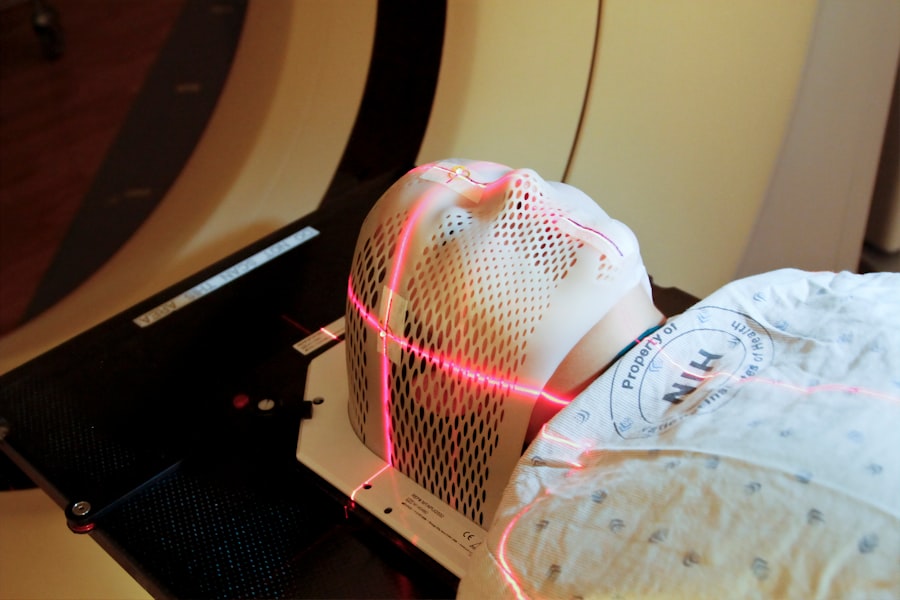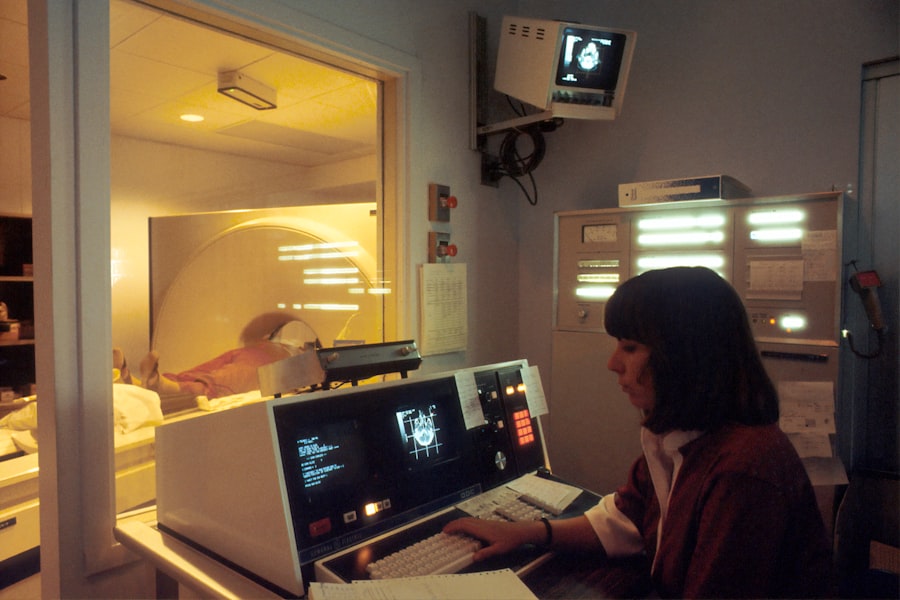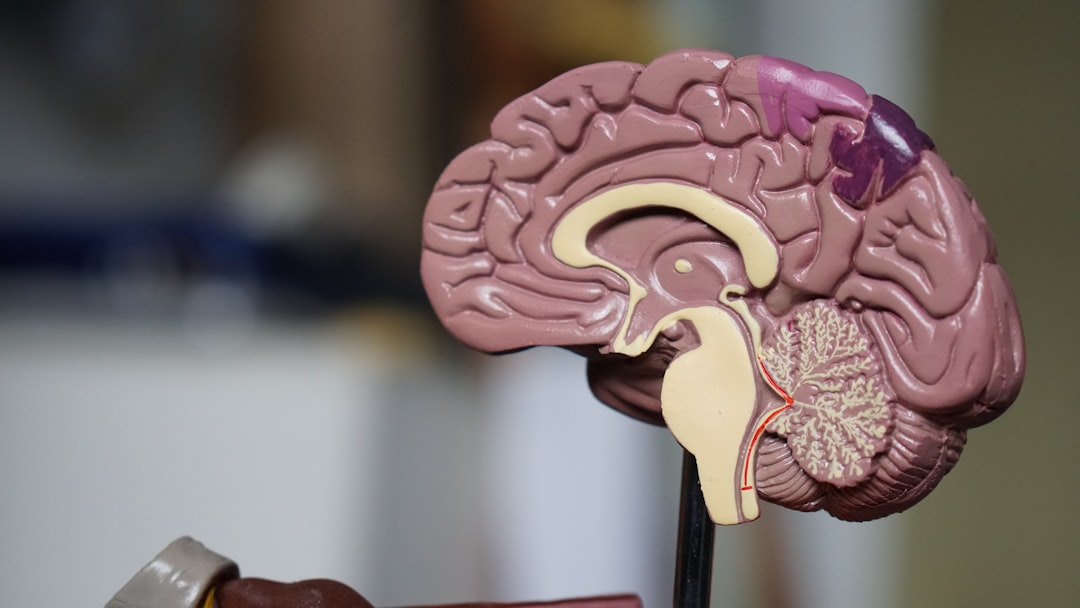Neurofeedback, a form of biofeedback that focuses on the brain’s electrical activity, has gained traction in recent years as a potential therapeutic intervention for various psychological and neurological conditions. This innovative approach utilizes real-time displays of brain activity to teach individuals how to self-regulate their brain function. By employing electroencephalography (EEG) technology, practitioners can monitor brain waves and provide feedback to patients, enabling them to understand and modify their mental states.
The underlying premise is that by training the brain to achieve desired states of functioning, individuals can alleviate symptoms associated with conditions such as anxiety, depression, ADHD, and PTSD. The history of neurofeedback can be traced back to the 1960s when researchers began exploring the relationship between brain activity and behavior. Pioneering work by figures like Dr.
Joe Kamiya and Dr. Barry Sterman laid the groundwork for what would eventually evolve into modern neurofeedback practices. Over the decades, advancements in technology and a growing body of research have contributed to its acceptance within both clinical and alternative medicine circles.
As a result, neurofeedback has emerged as a promising tool for those seeking non-invasive methods to enhance cognitive performance and emotional well-being.
Key Takeaways
- Neurofeedback is a non-invasive form of brain training that aims to improve brain function and mental health.
- Neurofeedback shows promise in treating conditions such as ADHD, anxiety, depression, and PTSD.
- Without proper treatment, individuals may experience a downward spiral in their mental health, leading to worsening symptoms and decreased quality of life.
- The financial and emotional toll of untreated mental health issues can be significant, impacting both the individual and their loved ones.
- Strained relationships are a common consequence of untreated mental health issues, as symptoms can lead to misunderstandings and conflict.
The Promise of Neurofeedback
The allure of neurofeedback lies in its potential to empower individuals to take control of their mental health. Unlike traditional therapeutic approaches that often rely on medication or talk therapy, neurofeedback offers a unique avenue for self-regulation. For instance, individuals suffering from ADHD may find that neurofeedback training helps them improve focus and reduce impulsivity by teaching them to recognize and modify their brain wave patterns.
This self-directed approach can foster a sense of agency, allowing patients to feel more in control of their mental states. Moreover, neurofeedback has shown promise in treating conditions that are notoriously difficult to manage. For example, research has indicated that neurofeedback can be effective in reducing symptoms of anxiety and depression by promoting healthier brain wave patterns associated with relaxation and emotional stability.
In clinical settings, patients have reported significant improvements in their overall quality of life after undergoing neurofeedback training. The ability to visualize one’s brain activity in real-time can also enhance motivation and engagement in the therapeutic process, making it an appealing option for many.
The Downward Spiral

Despite its potential benefits, the journey into neurofeedback is not without challenges. For some individuals, the initial excitement of engaging with this innovative therapy can quickly give way to frustration and disappointment. The process of learning to self-regulate brain activity is not instantaneous; it requires time, patience, and consistent effort.
Many patients may find themselves caught in a downward spiral when they do not experience immediate results or when their symptoms persist despite ongoing sessions. This can lead to feelings of hopelessness and exacerbate existing mental health issues. Additionally, the variability in individual responses to neurofeedback can complicate the experience.
While some may achieve significant improvements, others may struggle to see any change at all. This inconsistency can be disheartening, particularly for those who have invested considerable time and resources into the treatment. The lack of standardized protocols and the subjective nature of self-reported outcomes further contribute to the uncertainty surrounding neurofeedback’s effectiveness.
As individuals grapple with these challenges, they may find themselves questioning the validity of the therapy and their commitment to it.
Financial and Emotional Toll
| Category | Financial Toll | Emotional Toll |
|---|---|---|
| Lost Income | High | Medium |
| Increased Expenses | Medium | Low |
| Debt Accumulation | High | High |
| Stress and Anxiety | Low | High |
The financial implications of pursuing neurofeedback can be substantial. Many practitioners operate outside of traditional healthcare systems, meaning that insurance coverage may be limited or nonexistent. As a result, patients often face out-of-pocket expenses that can accumulate quickly over time.
A typical course of neurofeedback treatment may involve multiple sessions per week over several months, leading to costs that can easily reach thousands of dollars. For individuals already struggling with mental health issues, these financial burdens can add an additional layer of stress and anxiety. The emotional toll associated with neurofeedback can be equally significant.
As patients invest time and money into their treatment, they may develop high expectations for success. When those expectations are not met, feelings of disappointment can set in, leading to a sense of failure or inadequacy. This emotional rollercoaster can be particularly challenging for individuals who are already vulnerable due to their mental health conditions.
The pressure to achieve results can create a cycle of anxiety that undermines the very benefits that neurofeedback aims to provide.
Strained Relationships
The pursuit of neurofeedback can also have repercussions on personal relationships. As individuals become increasingly focused on their treatment, they may inadvertently neglect their social connections or family responsibilities. The time commitment required for regular sessions can lead to conflicts with work schedules or family obligations, resulting in feelings of isolation or resentment among loved ones.
Partners or family members may struggle to understand the complexities of neurofeedback therapy, leading to misunderstandings or disagreements about its value. Moreover, the emotional ups and downs associated with neurofeedback can strain relationships further. Individuals experiencing frustration or disappointment may become withdrawn or irritable, impacting their interactions with those around them.
Loved ones may feel helpless or frustrated as they witness the struggles of someone they care about without knowing how best to support them. This dynamic can create a rift between individuals seeking help and those who wish to provide it, complicating an already challenging situation.
Seeking Help and Recovery

For those who find themselves overwhelmed by the challenges associated with neurofeedback, seeking additional support is crucial. Engaging with mental health professionals who understand the intricacies of neurofeedback can provide valuable guidance and reassurance. Therapists trained in integrative approaches may help patients navigate their experiences more effectively by combining traditional therapeutic techniques with neurofeedback training.
This holistic approach can foster a greater sense of understanding and empowerment as individuals work through their challenges. Support groups can also play a vital role in recovery for those navigating the ups and downs of neurofeedback therapy. Connecting with others who share similar experiences can provide a sense of community and validation.
These groups offer a safe space for individuals to share their struggles, celebrate successes, and exchange coping strategies. By fostering open dialogue about the emotional and financial challenges associated with neurofeedback, participants can gain insights that help them feel less isolated in their journeys.
Lessons Learned
The journey through neurofeedback is often fraught with lessons that extend beyond the therapy itself. One key takeaway is the importance of patience and realistic expectations when engaging with any form of mental health treatment. Understanding that progress may be gradual rather than immediate can help individuals maintain motivation and resilience throughout their journey.
Embracing setbacks as part of the process rather than as failures can foster a healthier mindset that encourages continued effort.
Sharing experiences, concerns, and emotions related to neurofeedback can help bridge gaps in understanding between individuals seeking help and their support networks.
By fostering an environment where feelings are openly discussed, relationships can strengthen rather than weaken during challenging times.
Moving Forward
As individuals reflect on their experiences with neurofeedback, moving forward requires a balanced perspective that incorporates both the potential benefits and challenges encountered along the way. For some, this may mean continuing with neurofeedback while integrating other therapeutic modalities that address emotional well-being more comprehensively. Others may choose to explore alternative treatments altogether based on their unique needs and responses.
By embracing the lessons learned along the way—such as patience, open communication, and self-compassion—individuals can cultivate resilience as they navigate their mental health journeys. Whether they continue with neurofeedback or seek new avenues for healing, the insights gained from this experience will undoubtedly shape their approach to mental wellness moving forward.
FAQs
What is neurofeedback?
Neurofeedback is a type of biofeedback that uses real-time monitoring of brain activity to teach self-regulation of brain function. It is often used as a treatment for conditions such as ADHD, anxiety, and depression.
How does neurofeedback work?
During a neurofeedback session, sensors are placed on the scalp to measure brainwave activity. This information is then fed back to the individual in the form of audio or visual cues, allowing them to learn how to regulate their brain activity.
Can neurofeedback have negative effects?
While neurofeedback is generally considered safe, there have been reports of individuals experiencing negative effects such as increased anxiety, insomnia, or other adverse reactions. It is important to work with a qualified and experienced practitioner when undergoing neurofeedback treatment.
What are the potential risks of neurofeedback?
Some potential risks of neurofeedback include the possibility of experiencing increased anxiety, insomnia, or other adverse reactions. Additionally, there is a risk of relying solely on neurofeedback as a treatment without addressing underlying issues or seeking other forms of therapy.
What should I consider before trying neurofeedback?
Before trying neurofeedback, it is important to thoroughly research and find a qualified and experienced practitioner. It is also important to have a thorough understanding of the potential risks and benefits of neurofeedback, and to consider it as part of a comprehensive treatment plan that may include other forms of therapy or treatment.

